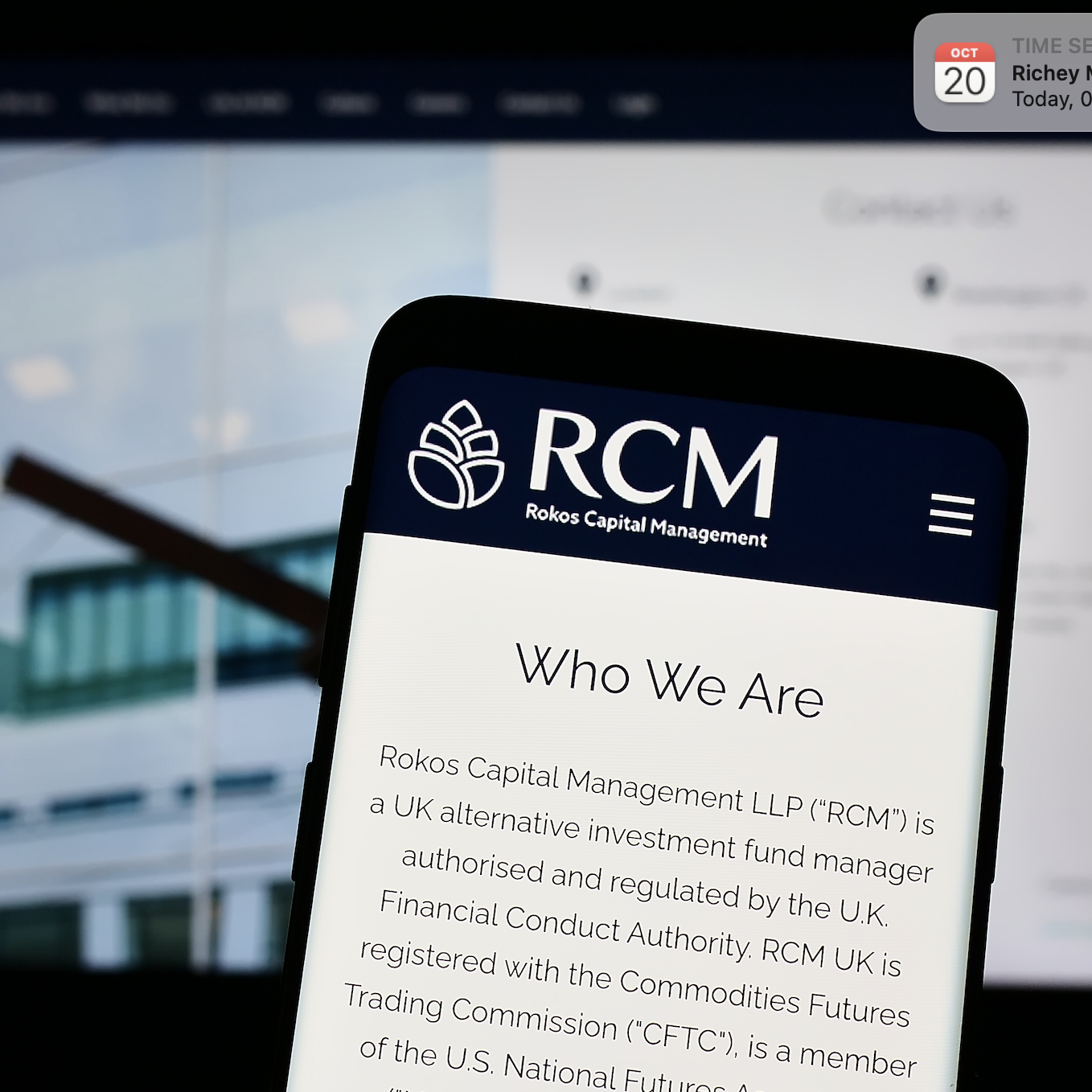With private debt well-positioned to navigate the difficult market headwinds, the potential to provide reliable income, high risk-adjusted returns, and access to a wider mix of institutional investors is attracting institutions – including hedge funds managers – to the asset class.
Hedge funds have proven resilient despite the inflationary risk, recessionary fears, falling equity markets, and recent banking turmoil. According to Hedge Fund Research, managers have generated returns of 2.2% year-to-date in 2023. However, hedge funds have experienced a combination of increasing costs, and growing competition from passives – all of which are putting pressure on the industry.
These volatile conditions are prompting a growing number of hedge funds to diversify into new strategies, such as private debt, which are well-positioned to withstand some of the difficult market headwinds. In addition to the diversification benefits, private debt can also help hedge fund managers differentiate themselves from some of their peers.
Private debt growth continues to impress
According to Preqin, assets under management (AUM) controlled by private debt firms enjoyed a compound annual growth rate (CAGR) of 15.7% between 2015 and 2021, with the industry now managing $1.2tn. Preqin anticipates AUM growth in the asset class will increase by a CAGR of 10.8% between December 2021 and December 2027, bringing AuM to $2.3tn.
In contrast to long-duration fixed income instruments, private debt typically consists of floating rate loans, meaning yields will increase in tandem with rising interest rates.
Preqin notes that 36% of investors are attracted to private debt because it provides them with a reliable income stream, while 37% cited the asset class’s high risk-adjusted returns as the most compelling reason to allocate. Accordingly, many firms are launching private debt vehicles to widen their sources of returns.
Increasingly, hedge funds also see private debt strategies (plus other illiquid strategies, such as private equity) as a way to access a wider mix of institutional investors. A diverse client base invested across both hedge and private debt strategies can help shield managers against withdrawals during bouts of volatility, especially in some of their more liquid funds.
In addition, more hedge funds are delving into Business Development Company (BDC) funds as they seek to diversify their investment portfolios and capitalize on the potential for higher yields in the private debt and lending market. The BDC structure allows hedge funds to gain exposure to a variety of middle-market businesses, providing them with opportunities for enhanced returns and greater risk management flexibility.
Other managers see private debt as an opportunity to target retail investors, who while historically eschewing alternatives, are reconsidering due to poor yields generated by traditional assets. Increasingly, retail investors are looking to capture returns by investing in private market strategies such as private debt.
Regulators are also encouraging this retailisation by developing semi-illiquid fund vehicles, including the UK’s Long Term Asset Fund (LTAF) and EU’s European Long Term Investment Fund (ELTIF,) aimed at retail investors. But why is private debt so compelling for asset managers?
Ripe conditions for private debt
In a low interest rate environment, the junk bond market is normally an enticing place for corporates to borrow. But as inflation picks up and central banks tighten rates, companies are increasingly turning to private debt for financing. The same rings true for leveraged buyouts (LBOs) as private debt managers underwrite ever larger transactions, a practice that has traditionally been dominated by investment banks.
There are additional private debt opportunities too. Ever since the global financial crisis and subsequent Eurozone sovereign debt crisis, banks have been trying to offload problem lending from their balance sheets, and the prospect of double-digit returns is fueling manager appetite for these from non-performing loans (NPLs).
The current economic uncertainty is having a mixed impact on private debt. While volatility is causing stress for existing borrowers and undermining portfolio performance, it opens opportunities for managers to structure bespoke deals, although good governance and water-tight covenants are paramount.
New assets and new investors require new expertise
With more asset managers adopting private capital-type structures and investment styles, managers must ensure their internal operations can cope with the various changes. Unlike a conventional trading strategy, private debt instruments command specific expertise, especially in credit analysis.
The adoption of these structures also requires fund managers to invest in technology systems capable of handling complex and highly bespoke asset classes. Moreover, better automation and a transition away from manual-based processing is essential if firms are to oversee and suitably manage the risk of private debt in their portfolios. Equally, technology can enable managers to keep a close eye on their portfolio companies while supporting endeavors to meet unique market demands and benefit from the accompanying yields.
As an alternative, some managers may opt to outsource these middle and back-office activities to trusted third parties with a strong track record of supportingmultiple asset classes and financial instrument types with automated custom workflows.
Broadridge’s portfolio management for private debt solution streamlines many activities including research, origination, administration, and reporting, allowing managers to simplify their middle and back offices with one integrated system. In addition, the system helps firms manage deal pipelines and borrower financials.
On the investor side, managers need to achieve scale and enhance their reporting processes through digitalisation as dealing with the requirements of an institution is a very different process from supporting the needs of a retail investor, and Broadridge is already seeing promising signs that the private capital industry is starting to adapt, with 61% of private capital managers seeing digital transformation as being their most important strategic initiative according to the firm’s 2023 Digital Transformation study.
As hedge funds transition into new asset classes and target different investors, they will need to make wholesale changes to their operating and technology models.







